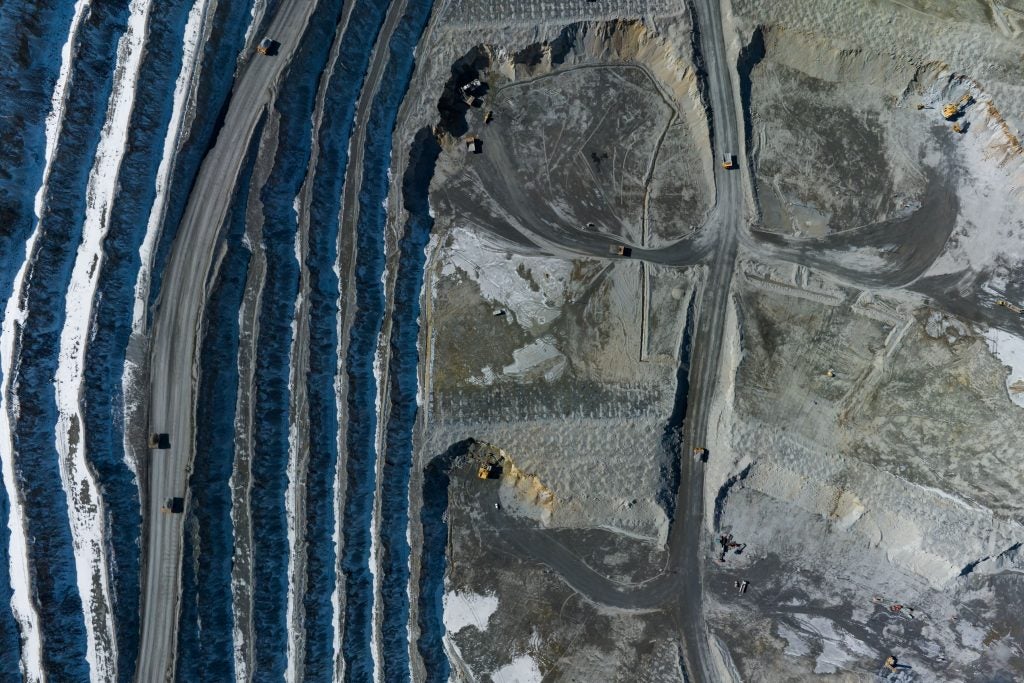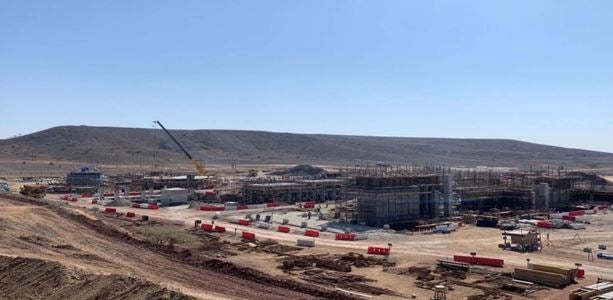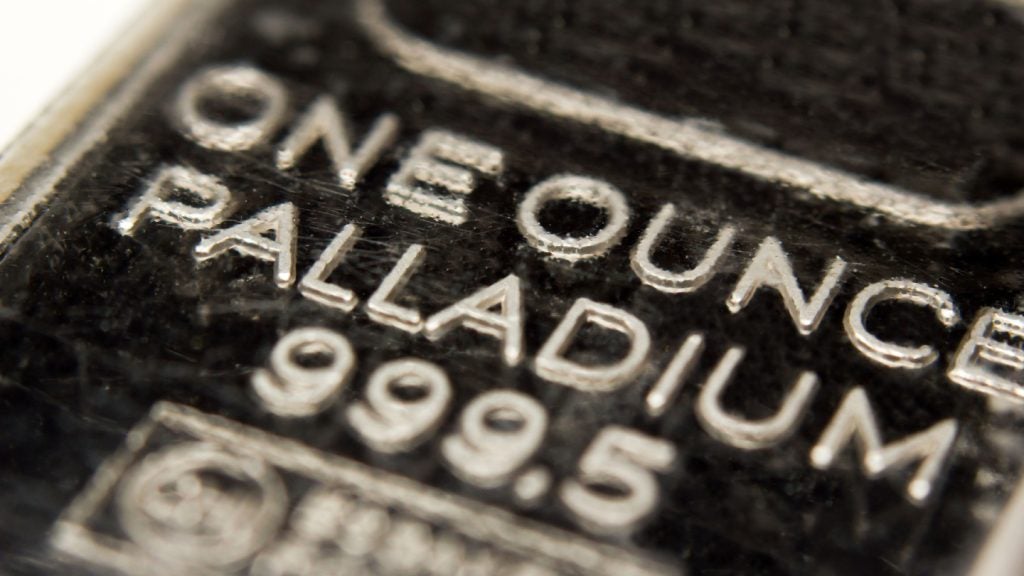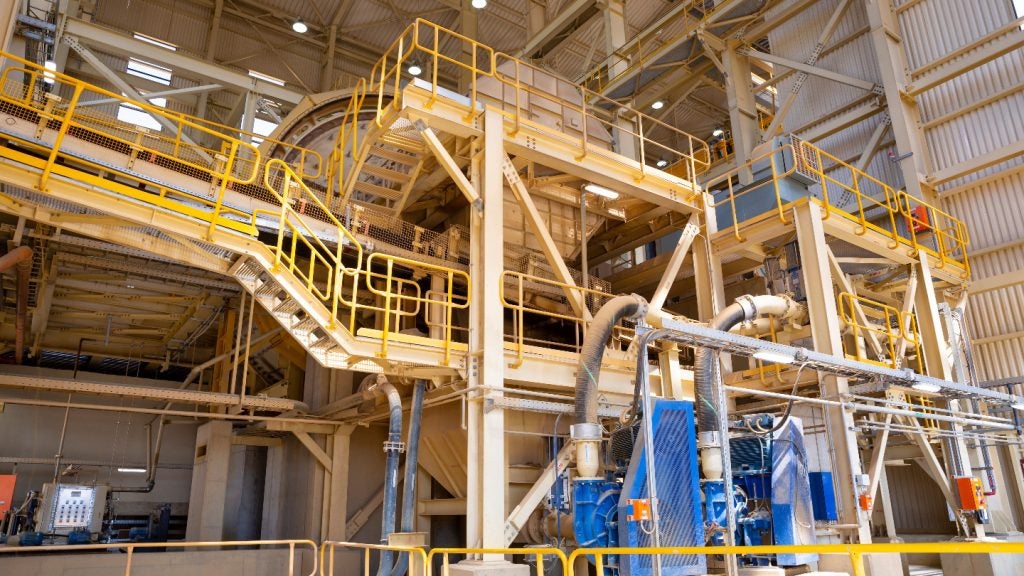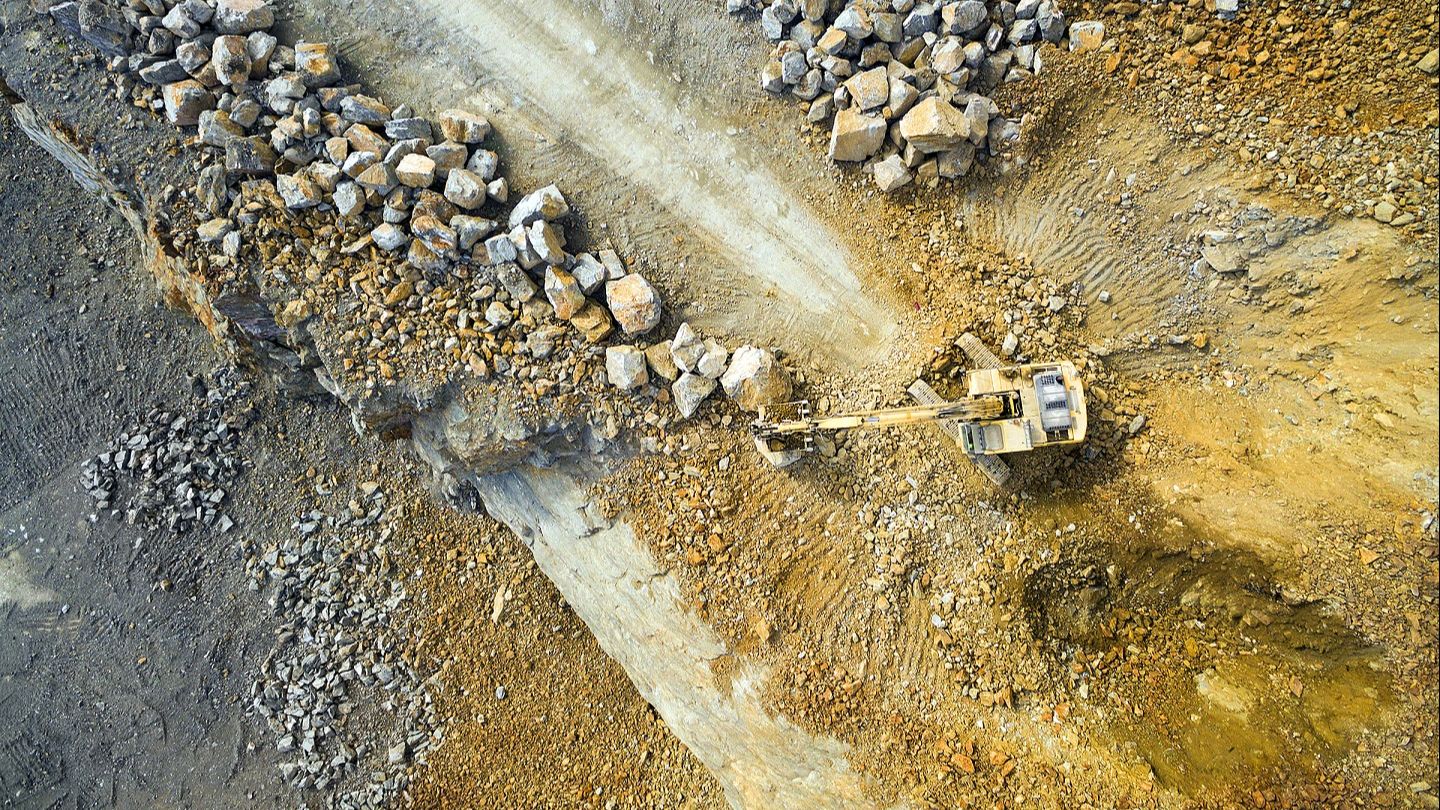
Fission Uranium has applied for a licence with the Canadian Nuclear Safety Commission (CNSC) to build a uranium mine and milling facility at its PLS uranium project in Athabasca Basin, Saskatchewan.
Simultaneously, the company started front-end engineering design (FEED) for the PLS project’s progress.
This includes completing geotechnical drilling, hydrogeological holes, test pits, and geophysical surveys for downhole vertical seismic profiling (VSP).
A feasibility study confirmed a construction time of three years at the site, which is expected to have a life of ten years.
The life of mine (LOM) production is estimated to be 90.9 million pounds (41,231.5t) of U₃O₈.
The study also estimated that the average cost of operations is $10 per pound of U₃O₈.
Fission Uranium president and CEO Ross McElroy said: “I am very pleased to confirm that the construction licence application for the PLS project has been submitted. Additionally, we have successfully completed our winter field programme, and the front-end engineering design work is well underway.
“Our development path to production is progressing on schedule and, at the same time, the fundamentals for uranium continue to strengthen in line with the global reactor construction boom.”
Spread out across more than 31,000 hectares, the PLS project is 100% owned and operated by Fission Uranium.
This project hosts the Triple R deposit, which is said to be the largest high-grade deposit of uranium at shallow depths starting at 50m below the surface.
The deposit is part of a 3.1km mineralised trend at PLS and is open from several directions.
All the zones within the deposit are claimed to have the potential of adding to the resource estimate.


